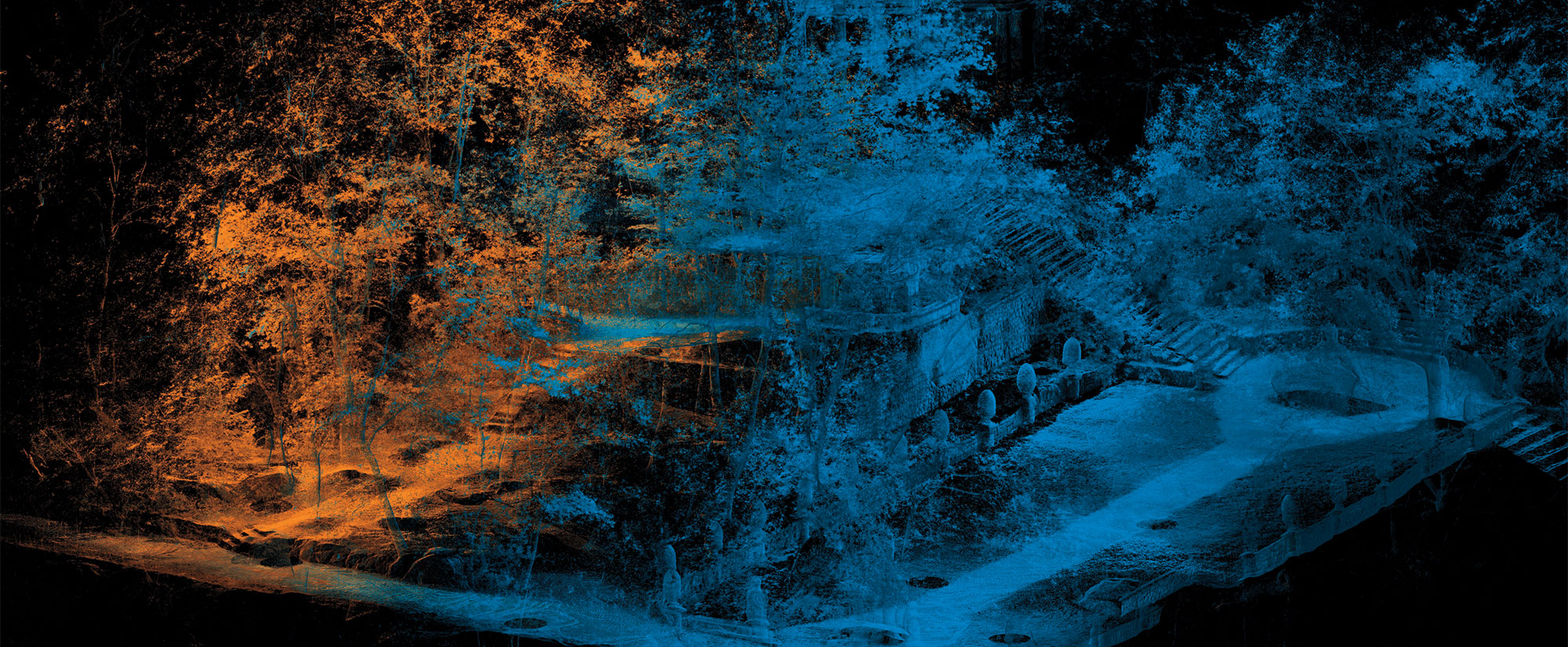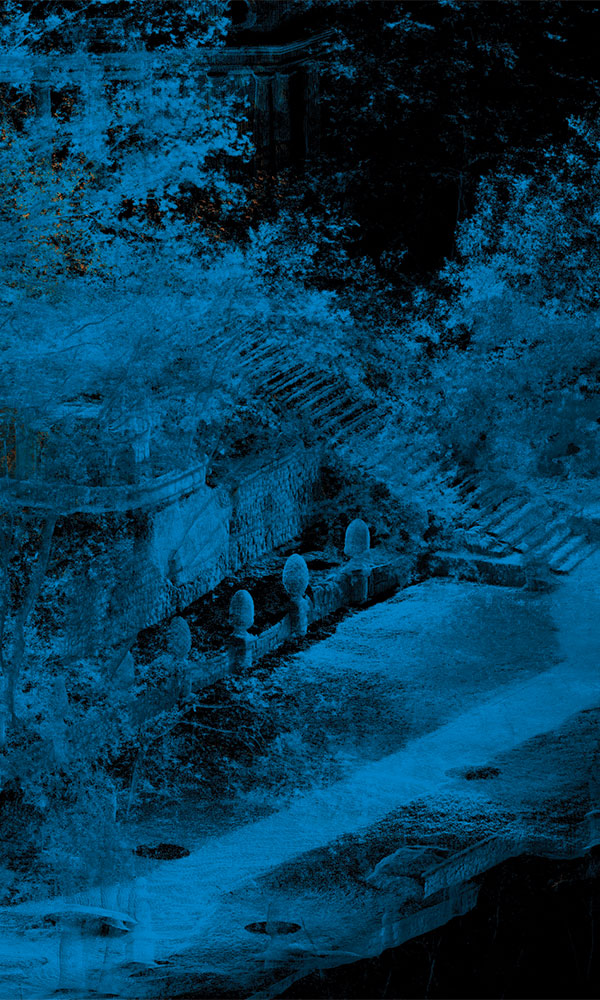MURADIYE, TURKEY—Recent excavations at the site of Körzüt Fortress in eastern Turkey’s Van province have uncovered several important archaeological features that are helping archaeologists gain a deeper understanding of the Urartian city’s layout and history, Türkiye Today reports. The site, which is notable for its massive defensive walls measuring 30 feet wide, was purportedly built by King Minua, ruler of the Kingdom of Urartu between 810 and 786 b.c. New work at the site revealed a second temple building, a monumental entrance to the palace complex, and a network of pathways linking civilian areas with the central citadel. However, the most important discovery was an inscription recording the settlement’s original name, which was previously unknown. The six-line cuneiform text records that the site was called Haldi Patari, which translates to “the city sacred to Haldi.” Haldi, the Urartian civilization’s principal deity, was a warrior god associated with kingship, battle, and victory. This new discovery indicates that the city may have been an important religious and political center during the Iron Age. To read about soldiers from Urartu who likely looted an Iron Age hilltop site in northwest Iran, go to "The Price of Plunder."
Inscription Reveals Name of Urartian City
News August 12, 2025
Recommended Articles
Features January/February 2026
The Cost of Doing Business
Piecing together the Roman empire’s longest known inscription—a peculiarly precise inventory of prices
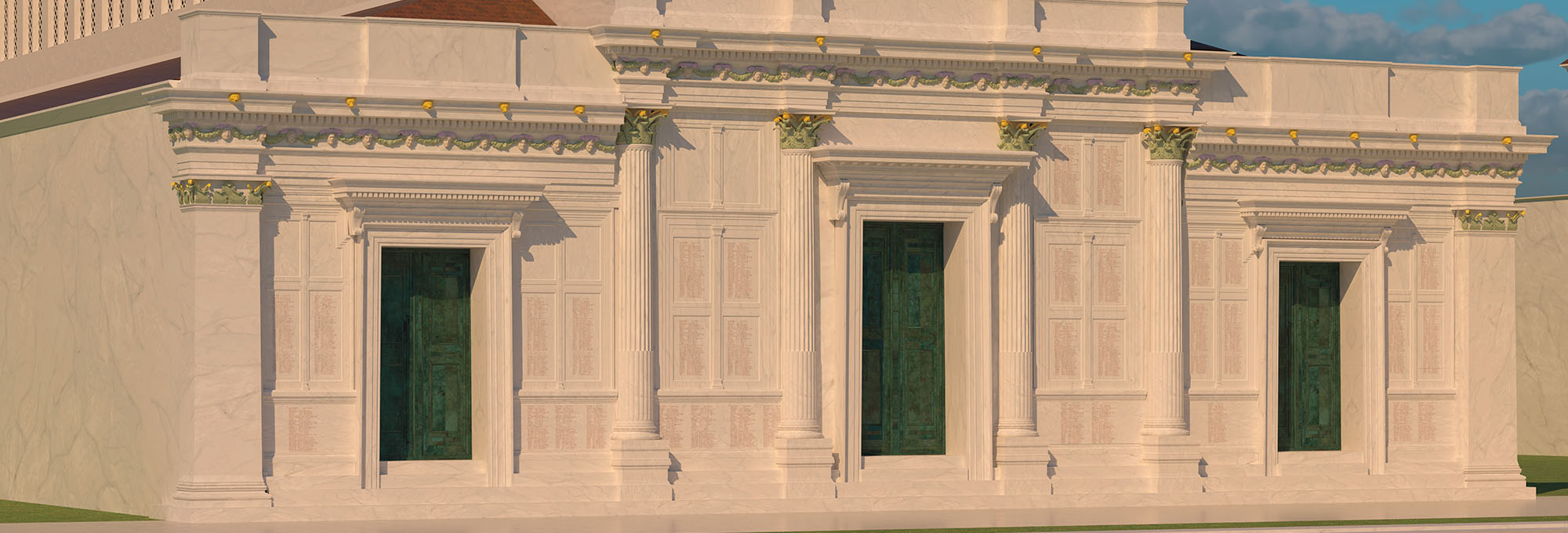
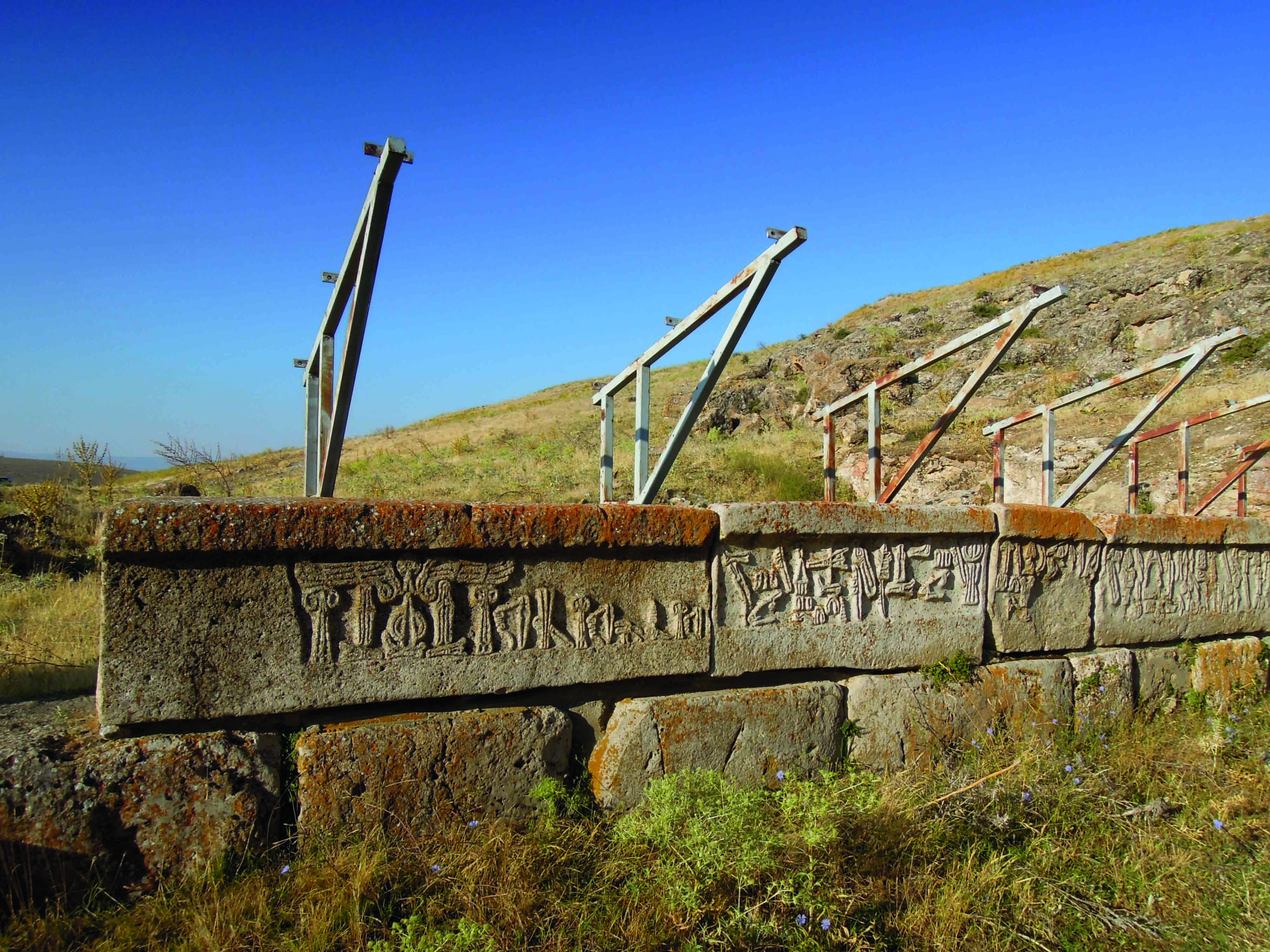
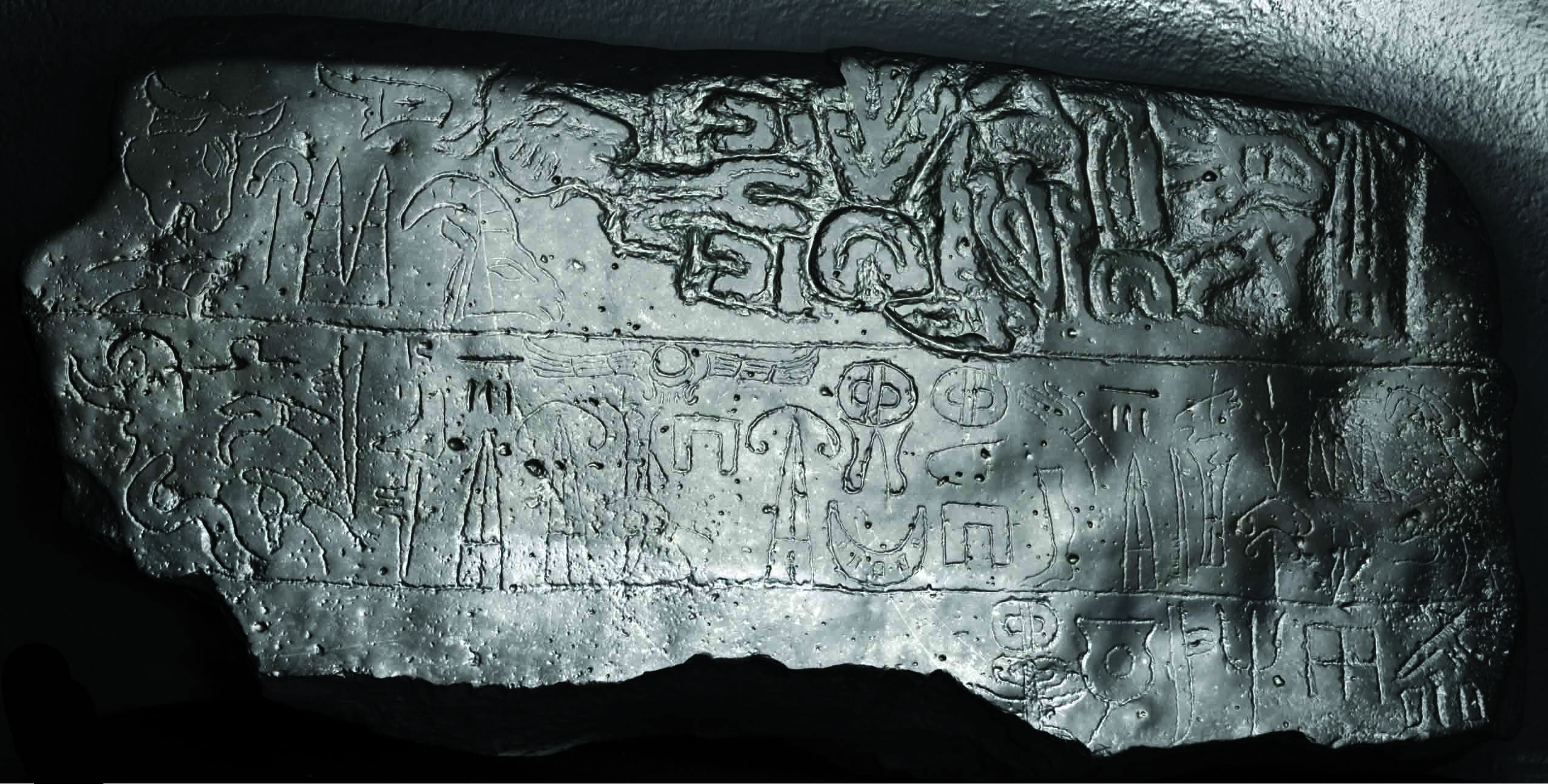
Digs & Discoveries January/February 2026
The Palace Times

-
Features July/August 2025
Setting Sail for Valhalla
Vikings staged elaborate spectacles to usher their rulers into the afterlife
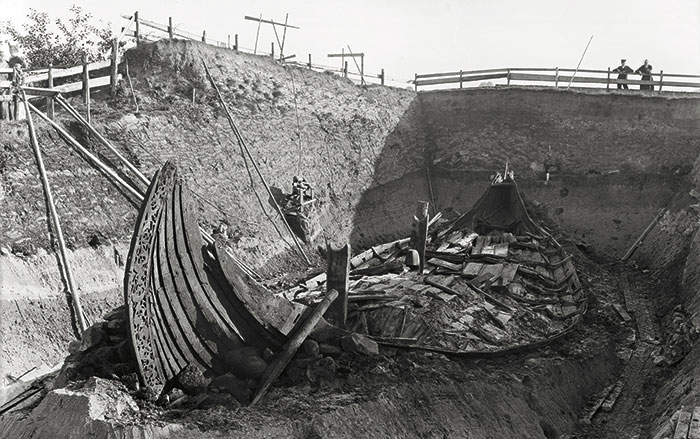 Museum of the Viking Age, University of Oslo
Museum of the Viking Age, University of Oslo -
Features July/August 2025
The Home of the Weather God
In northern Anatolia, archaeologists have discovered the source of Hittite royal power
 Tolga İldun
Tolga İldun -
Features July/August 2025
In Search of Lost Pharaohs
Anubis Mountain conceals the tombs of an obscure Egyptian dynasty
 Photos by Josef W. Wegner for the Penn Museum
Photos by Josef W. Wegner for the Penn Museum -
Features July/August 2025
Birds of a Feather
Intriguing rock art in the Four Corners reveals how the Basketmaker people drew inspiration from ducks 1,500 years ago
 Courtesy John Pitts
Courtesy John Pitts


